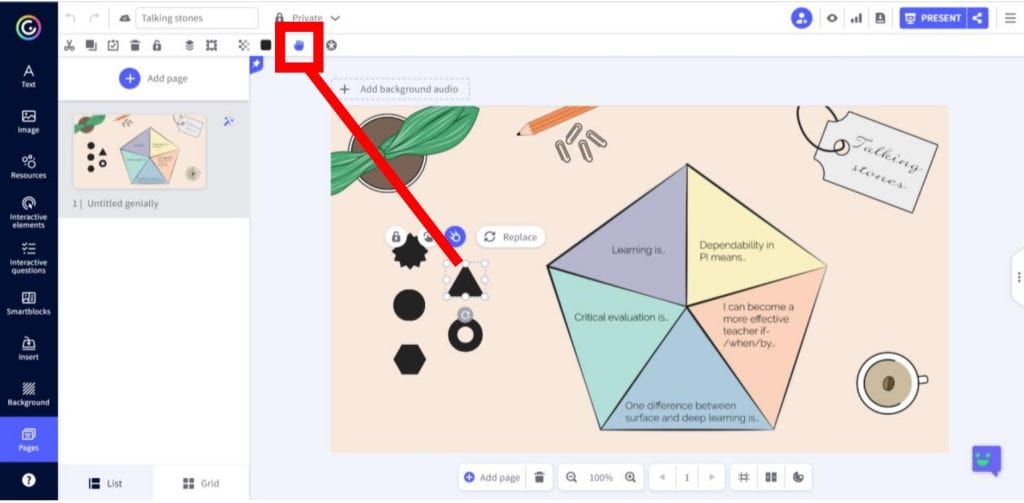Unfortunately, a lot of beginners and outsiders think that it is possible to plan and run lessons as if lessons were recipes from a cookbook: “Tell me what ingredients to use and how much of them, and I will run the lesson.” They think that using certain types of activities or doing certain things will guarantee a good lesson, and not only guarantee one successful lesson, but all of the lessons from now on will run like a dream. Here are some problems with this view.
1 The students are different, they don’t answer to the same activity the same way. We don’t pick activities in a vacuum disregarding our students. Some like discussing topics, some like to retreat to their thoughts, some like planning in detail, some don’t, some like writing, some don’t and so on. The activity we pick needs to help the students reach the objectives. That said, we need to think about the objectives first, and also how the students we are working with in that lesson will be able to carry out the activities themselves. Having said that, on top of the activity, it might be tool use or accessibility features that make it or break it for the student. So no, without taking the students into consideration using even the “best” activities will not work.
2 Even if some students like any given activity today, they might not want to do it tomorrow. And there are a lot of reasons for that: they don’t feel like it, something happened at home, they are bored of it, they are hungry or sleepy and so on. We cannot expect the students to want to do the same thing over and over again without any change or variety. While it is a good idea to stick to certain things that tend to work, especially if the students like it, we need to expect the unexpected in that maybe their favourite game will not make them enthusiastic on any given day. And that’s normal.
3 How something is taught is dependent on a lot of factors, not only the activity itself, chief among them is the content/outcomes and the teacher herself. You can be given a recipe but if you don’t like it or if it doesn’t help the students reach the outcomes, it will not work. To give you a simple example, I’ve always loved board games. I have a template on my computer which I can easily adapt to any content – but not every teacher is a fan of board games, because it’s not their style. In case the teacher is not convinced of the use of a tool, it will be difficult for her to own it and it might have a negative impact on the lesson. The same with content/outcomes. If the students need to learn how to write an argumentative essay, writing is more effective than playing board games.
4 Even the best activity can be made unrecognisable. I witnessed this when others taught my lesson plans. It was an attempt to make it easier for the teacher, therefore I wrote all the lesson plans for a course. But to my horror, even simple activities were twisted out of context and rendered the lesson incoherent. Now, this teacher was a beginner, and this story is a good illustration of why it is not a good idea to give a “recipe” to a beginner teacher. Beginners need to learn the ins and outs of teaching, rather than mindlessly following a cookbook.
5 Teaching requires reacting in the situation, this is what Schön (1983) calls reflection-in-action. Experienced teachers are much better equipped to act in the moment, but every teacher needs to learn to change their lesson plan and offer a different path to the students if required. Simply following prescribed steps will not address issues emerging during the lesson. I’ve heard teachers past their beginner phase reflect on how blindly they followed their plan without reacting to students and their needs in the lesson. This is an important lesson to learn: while it is very important to plan and go to the lesson prepared, there will always be moments that cannot be predicted and the recipe (lesson plan) will not contain any pointers as to what to do.
Reference: Schön, D. A. (1983). The reflective practitioner: How professionals think in action. Avebury: Ashgate Publishing Ltd.
These are just some of the main reasons why I push back when somebody hints at this, or when somebody asks me if this or that is a “good” or “effective” activity. If you have other good reasons, or if you disagree, share your comments below.

